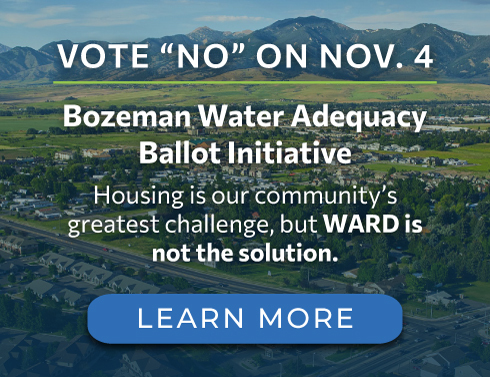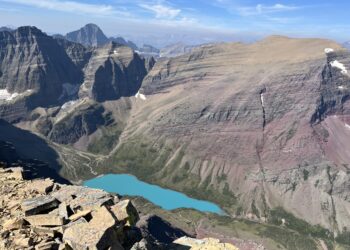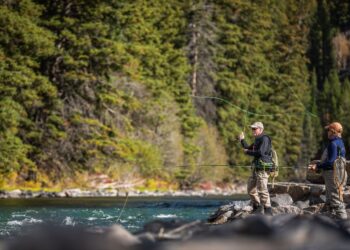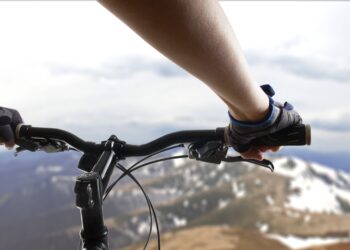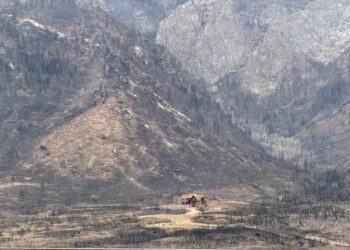By Alex Marienthal EBS CONTRIBUTOR
At avalanche centers, we travel around the backcountry to gather data about snow stability and avalanche danger in popular recreational areas. We want to know how the snowpack is layered throughout the backcountry, where weak layers exist and how much new snow or wind-drifted snow it might take to produce an avalanche. The snowpack and weather patterns can differ a lot across the large areas covered by avalanche centers. We cannot travel to all corners of the forecast area every day, so we use observations from the public to help us figure out where the snow is unstable. You can help your nearby avalanche centers by submitting observations through their websites, email, or social media.
After a day riding in the backcountry, donate 10-20 minutes of your time to share what you saw, especially if there were avalanches or if you triggered an avalanche. We often dig into the snowpack and do “snowpack tests” to find where the snow is unstable, as you may have seen in our videos and forecasts, but the most obvious sign that the snowpack is unstable is seeing recent avalanche activity or triggering avalanches. When we know about recent avalanches, we don’t have to dig to look for instability. We are familiar with the difficulty of reporting avalanche involvements due to feeling embarrassed, but mistakes happen, and others can learn and live by knowing about recent avalanches. We will keep your identity anonymous if desired, and we can mention vague locations to keep top secret powder stashes safe.
You do not have to submit highly detailed or technical reports. Simple information can be the most useful. Share the estimated depth and width of avalanches, and the slope aspect and elevation where they occurred, if possible. If you are inclined to dig into the snow, we like to hear about how deep the snowpack is and how deep weak layers are buried, or if you notice a different amount of new snow than what we reported.
Many areas do not have an avalanche center, but nearby avalanche centers can facilitate sharing observations. Skiers and riders in areas without an avalanche center should consider sharing observations through social media networks, such as snowmobile club pages or a Facebook group that has members who ski in similar or nearby areas.
Letting others know about recent avalanches or unstable snow can help them plan to avoid potentially dangerous areas. Go to avalanche.org to find the nearest avalanche center to your riding area and share your observations. Each avalanche center has a place where you can submit observations to their website, email, social media or call and leave a message. You can also go to avalanche center websites to find recent avalanche activity and snowpack data for areas you plan to ride. This information can prevent accidents and save lives. Thank you for your support and sharing observations!
Alex Marienthal is an avalanche forecaster with the Gallatin National Forest Avalanche Center.

